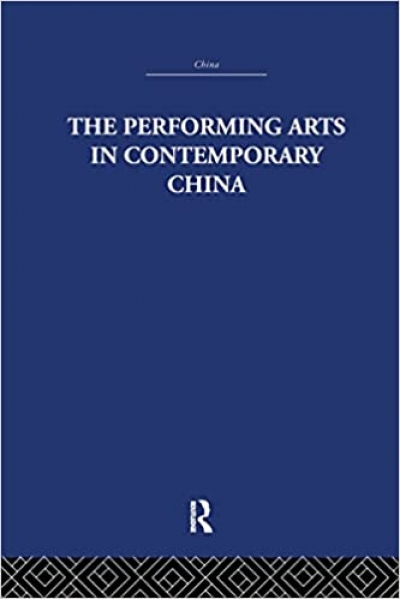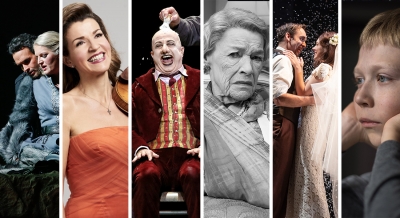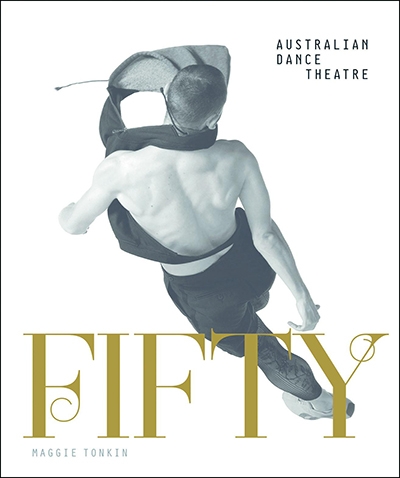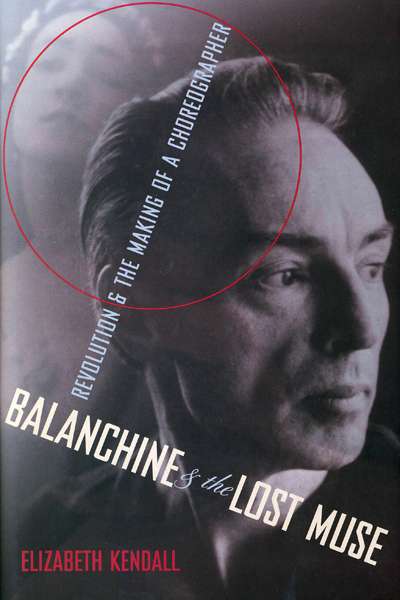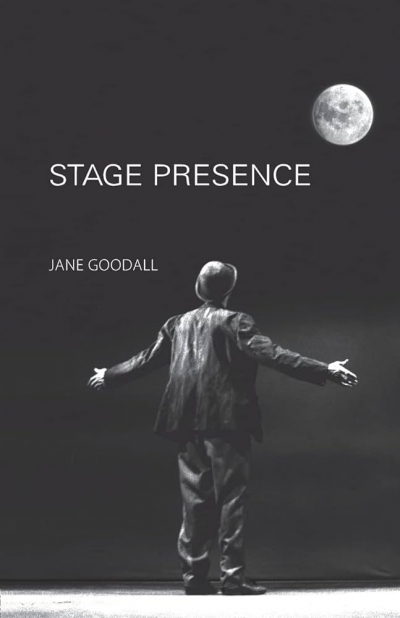Performing Arts
To celebrate the year’s memorable plays, films, concerts, operas, ballets, and exhibitions, we invited twenty-nine critics and arts professionals to nominate some personal favourites. We indicate which works were reviewed in ABR Arts on our website, and when.
... (read more)Fifty: Half a century of Australian dance theatre by Maggie Tonkin
To celebrate the year’s memorable plays, films, concerts, operas, ballets, and exhibitions, we invited twenty-six critics and arts professionals to nominate some personal favourites.
... (read more)To highlight Australian Book Review’s arts coverage and to celebrate some of the year’s memorable concerts, operas, films, ballets, plays, and art exhibitions, we invited a group of critics and arts professionals to nominate some favourites.
... (read more)To highlight Australian Book Review's arts coverage and to celebrate some of the year's memorable concerts, operas, films, ballets, plays, and exhibitions, we invited a group of critics and arts professionals to nominate their favourites – and to nominate one production they are looking forward to in 2016. (We indicate which works were reviewed in Arts Up ...
Balanchine and the Lost Muse: Revolution and the Making of a Choreographer by Elizabeth Kendall
A review of Hannie Rayson’s Two Brothers, first performed by the Melbourne Theatre Company in April 2005. The Sydney Theatre Company is presenting the same production at the Drama Theatre, Sydney Opera House, until July 2. It then moves to Canberra’s Playhouse (July 14 to 23).
Not so long ago, Melbourne theatre-goers would say of Sydney audiences, ‘If it moves, they’ll clap it.’ These days, it would seem, Melbourne is the new Sydney. No snobbish snipes at the northerners’ perceived lack of sophistication will wash any longer; such parochial bigotries have been found out. No extensive cultural investigation was required to expose the hypocrisy. A visit to the Melbourne Theatre Company’s recent production of Hannie Rayson’s latest play, Two Brothers, would do. As dud joke followed dud joke, the evidence mounted. As one preposterous scenario begat another in a genre-jumble of farce (though not intended to be farce, I fear) and political thriller (or lame attempt at it), Sydney took on a cultural loftiness I’d never noticed before – and I grew up there and admit to lowbrow parentage. When, at the end of Two Brothers, the audience cheered and applauded, there could be no doubt: the play moved, and they clapped it.
... (read more)
